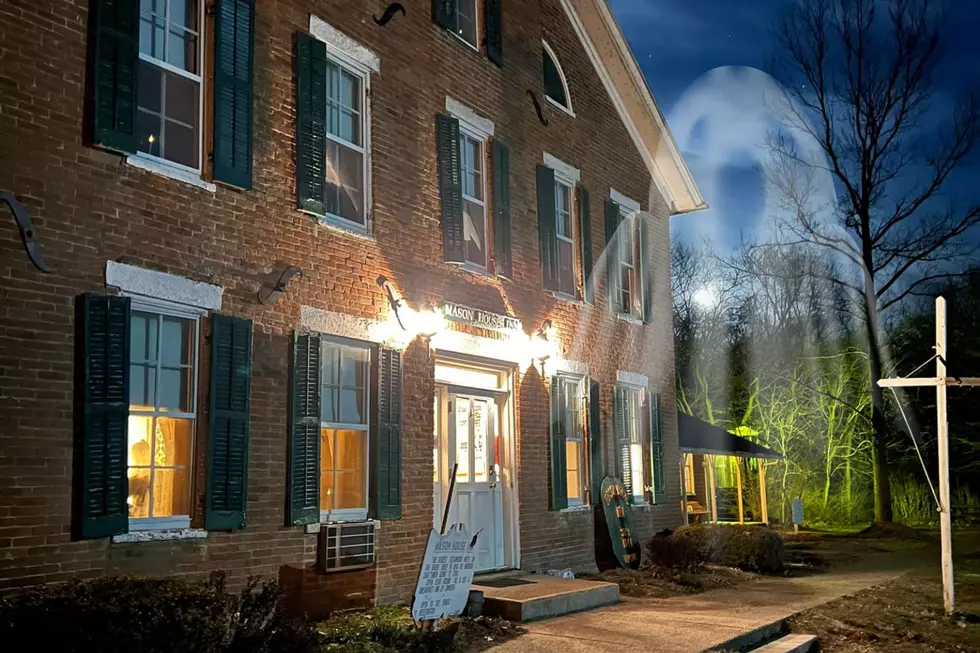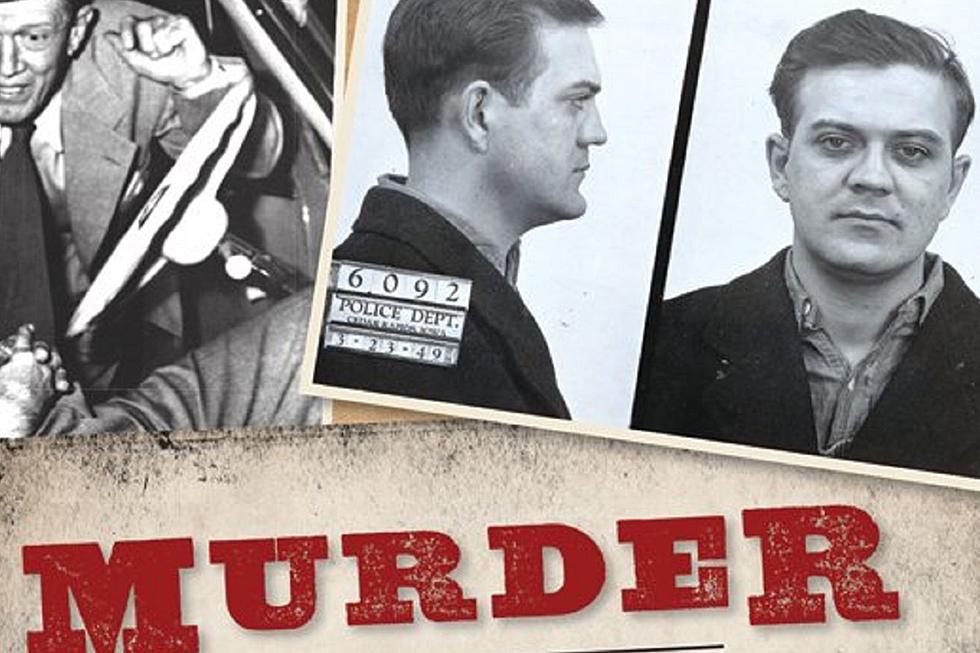
Eastern Iowa City Was First in U.S. to Fingerprint All Its Residents
The history of fingerprints goes way back. I mean WAY back. And Iowa is part of that history.
Handprints being used in burglary investigations date back to 221-206 BC, in China. In the 1400s, a book mentioned identifying people with fingerprints. Their use has only increased over time.
On May 21, 1934, the town of Oskaloosa, in Mahaska County in southeast Iowa, put a law on the books requiring all of its citizens to be fingerprinted. The vote by the Oskaloosa City Council that day resulted in the town being the first city in the entire nation to fingerprint everyone who lived there. According to a Facebook post attributed to This Date in Twisted History, the mayor and county sheriff at the time said,
We know these people, and eventually, one of them is going to either steal a chicken, tell an underaged pig that she’s loved, steal the mayor’s moonshine that's stored behind his outhouse, or rob a bank. Just give it time and once it happens, we’re going to be glad we’ve got these fingerprints stored away.
The timing of the new law lends itself to the above being true. The nation was just beginning to get on the other side of the Great Depression, which had officially ended the year before. A recent Iowa Almanac story shares more about this piece of Iowa history.
You can check out major laws that passed the year you were born below this video which discusses the Oskaloosa law.
LOOK: What major laws were passed the year you were born?
25 True Crime Locations: What Do They Look Like Today?
More From 98.1 KHAK









